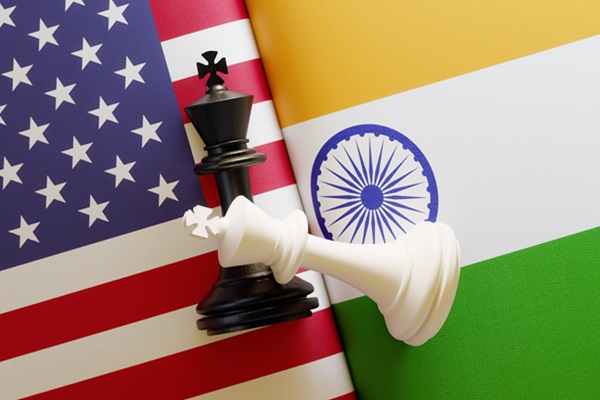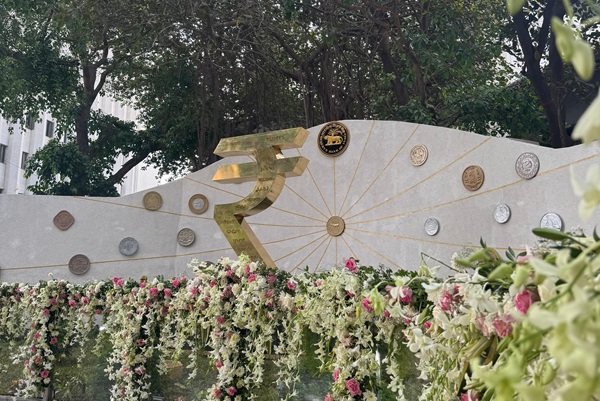.png)

Amit Singh, partner at KAnalysis law firm, is an expert in US patent laws and a registered agent with the Indian Patent Office.
May 19, 2025 at 7:30 AM IST
United States President Donald Trump managed another Trumpian foot-in-mouth recently. India has offered a deal with no tariff, he said, much to the chagrin of New Delhi. But there is a lot more to any trade deal than just tariffs, especially in the case of India and the US, including some patently false allegations and some half-truths.
The US, through its United States Trade Representative’s Special 301 Report, has retained India on its "Priority Watch List," citing concerns over inconsistent Intellectual Property Rights enforcement, patent revocations, and discretionary application of patentability criteria under the Indian Patents Act, 1970.
To avoid a slippery slope and to ensure a mutually beneficial trade deal, in earnest, India must approach IPR negotiations strategically. New Delhi’s negotiators have the unenviable task to safeguard India’s innovation ecosystem while assuaging US concerns.
Much like WTO-compliant safeguards for farmers, something the US is not fond of, India should staunchly defend its TRIPS-compliant IPR framework, which balances innovation with public interest.
Section 3(d) of the Patents Act, which prevents "evergreening" of patents by requiring enhanced efficacy for incremental pharmaceutical innovations, has been a particular US grievance. This provision ensures affordable access to medicines, a priority for any developing nations, especially the one with 1.4 billion population.
While the US seeks stronger patent protections, particularly for pharmaceuticals, India must emphasise that its framework aligns with the WTO’s Agreement on Trade-Related Aspects of Intellectual Property Rights, as affirmed by trade experts. Any concessions on Section 3(d) should be minimal and tied to reciprocal benefits, such as providing increased market access for Indian generics in the US.
If the US were to dig in its heels, India will surely leverage its recent IPR reforms to counter US criticisms. The Patents (Amendment) Rules, 2024, have streamlined pre-grant opposition proceedings and reduced reporting burdens, while the Scheme for Facilitating Start-ups Intellectual Property Protection has supported over 5,000 startups with fast-track examinations.
These reforms, coupled with India’s rise to 40th position in the Global Innovation Index, demonstrate progress in patent examination timelines and innovation support. India should highlight these advancements in trade talks, proposing collaborative mechanisms like the US-India Trade Policy Forum’s IPR Working Group to address enforcement gaps without overhauling its legal framework.
India must resist demands for mandatory source code disclosures for telecom equipment, as raised by the US companies, to protect its digital sovereignty.
However, this is a bargain. Hence, India must try to address US concerns about trade secret protection and enforcement delays. The USTR report notes the absence of specific civil or criminal laws for trade secrets and a backlog of over 250,000 trademark opposition cases. Introducing targeted trade secret legislation and expediting judicial processes could assuage US stakeholders.
India must also use the trade deal to secure technology transfers and R&D collaborations. With 74.46% of patents granted to non-residents in 2022, India is a hub for foreign innovation but lags in domestic R&D spending. Negotiating provisions for joint ventures or IP-sharing agreements could boost India’s innovation capacity, benefiting both nations. Although, still under discussion, the recently released Draft Guidelines for Examination of Computer-Related Inventions 2025, and case ruling like Ferid Allani v. Union of India are clarifying patentability for computer-related inventions with technical effects, position India to attract tech investments if enforcement is strengthened.
By emphasising its reforms, resisting excessive demands, and seeking technology transfers, India can craft a trade deal that fosters innovation while maintaining its strategic autonomy in the global IP landscape.




